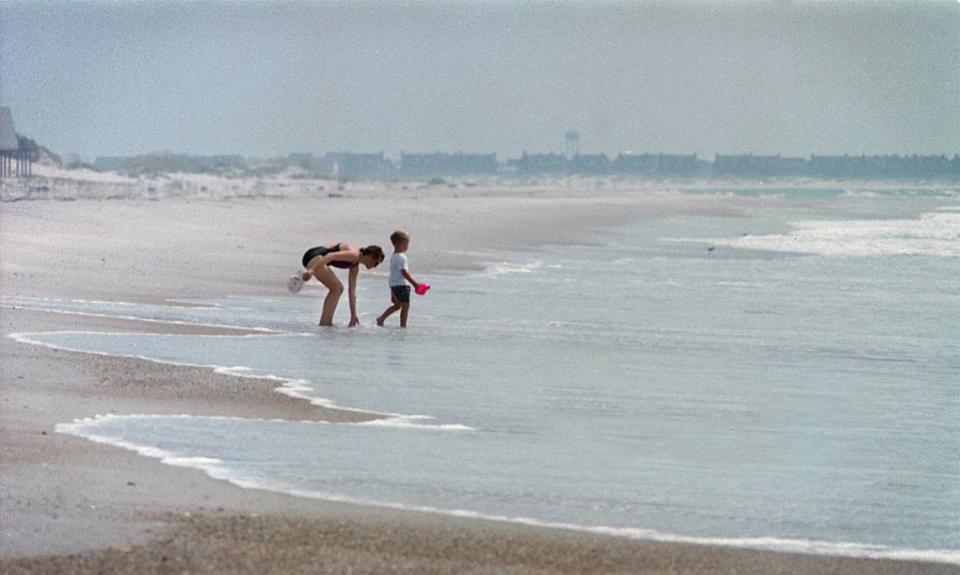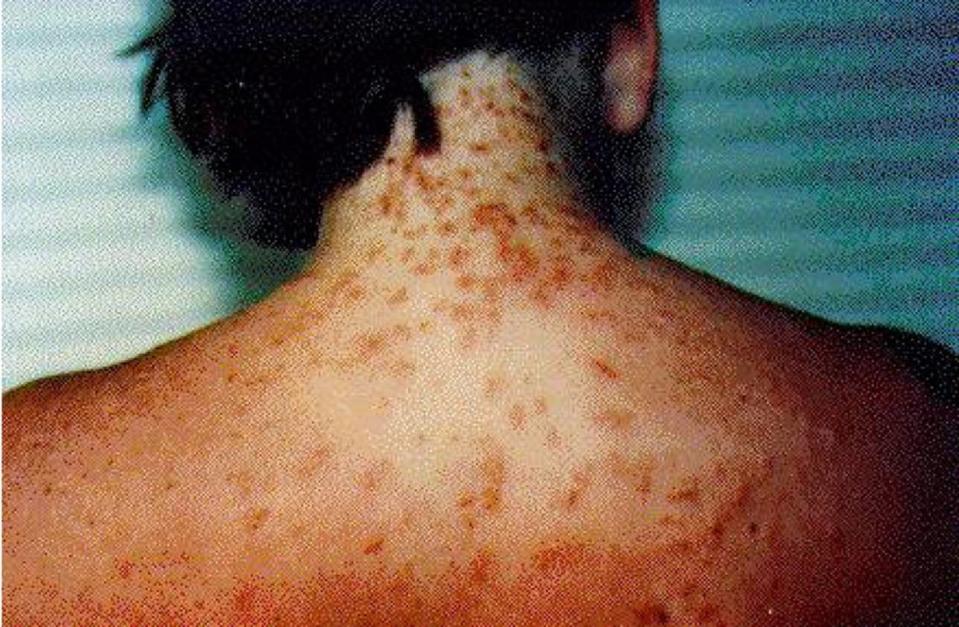“200 stings or more.” Have you had sea lice after visiting a SC beach? Here’s what to know
Although many beachgoers are left unnerved when something unknown and unseen brushes up against them in the ocean, it may leave swimmers scratching their heads, or other body parts, when they leave the ocean feeling itchy from an aquatic phantom.
So, what could be to blame?
It could be sea lice.
Before you begin to worry, they aren’t the ocean’s own version of head lice, but they can leave quite the rash and sting.
If you happen to take a dip in the ocean while spending the day on a South Carolina beach and emerge with a rash, it could be sea lice.
What are they?
Unlike head lice, sea lice are not insects. Instead, they are microscopic jellyfish larvae, transparent and unseen to the human eye, which get trapped underneath bathing suits, in hair and under other garments causing skin irritation. Irritation, stinging, itching and red bumps can be caused due to pressure that releases inflammatory, stinging cells, according to Healthline.

Even when you get out of the ocean to go back to your belongings and the water drains off of you, the larvae still stay behind trapped under your garments. As your bathing suit rubs against your skin, the jelly larvae sting you and inject their toxin, reports WebMD.
This rash is also known as seabather’s eruption as it is sometimes referred to by doctors.
These jelly larvae aren’t even actually the real “lice” that inhabit the ocean. Although these organisms are frequently referred to as “sea lice,” these tiny jellies are unrelated to the actual parasite that can be found in fish and also share the name of “sea lice.”
How soon will symptoms occur?
“Because the larvae are so small, many swimmers do not initially feel a sting but can develop a hypersensitivity to either the larvae itself or the venom released. Some people have symptoms before leaving the water but symptoms can also be delayed for up to 24 hours,” detailed Poison Control.
What are the symptoms?
Symptoms of seabather’s eruption can be quite an unpleasant experience and can begin anywhere from a few minutes to several hours after exposure. You even begin feeling symptoms before you even leave the water.

A red, itchy rash will appear over any part of your skin that was covered by hair or swimsuit, which can include your groin, rear end, chest, abdomen, neck or back. You may even have up to 200 stings or more. Other symptoms you may face include headache, chills, fever, nausea, and abdominal cramps. Although it’s rare, some beachgoers struggling with sea lice symptoms do end up having to go to the hospital for treatment, according to WebMD.
The health and well-being site also noted that if you’ve had a sea lice-inflicted rash before and happen to get stung again, you’ll likely feel it right away. Symptoms have been reported to occur faster the second time.
When are they most present?
“The peak months of occurrence are generally March through August,” according to Pharmacy Times.
However, similar to jelly bloom occurrences in nearby ocean waters, these “sea lice” can be present for a longer time depending on the warmth of the water and breeding habits of the area’s jelly population.
The eruption usually occurs during warm summer months when ocean winds bring thimble jellyfish and anemone larvae, which are the species sea lice consist of, near the shoreline.
What should you do when you’ve been stung?
First and foremost, remove your garments and rinse off your body. Then, wash your suit or inflicted garments in hot water and toss them into the dryer making sure all the jellyfish larvae are eradicated. If a severe rash occurred, you may even opt for getting rid of the suit entirely.
For your newfound rash and possible pain, treatments such as hydrocortisone cream or calamine lotion can be applied to the rash a few times daily. This may help ease stinging, itching or burning caused by sea lice inflammation. Anti-inflammatory medicines like ibuprofen may also help alleviate any symptoms for at-home treatment.
Any of the bathing suits worn when around sea lice should be thoroughly washed with detergent and heat dried after use. Heat drying instead of air drying is essential.
What not to do if you’ve contracted seabather’s eruption
If you’ve noticed you’re starting to get symptoms that emulate that of sea lice, do not immediately rinse off with your affected clothing still on as this will not give relief. Rinsing in freshwater makes the jelly larvae begin to sting again and may worsen the pain and irritation.
Can you prevent sea lice stings?
Did you know jellyfish sting-blocking sunscreens have been made? Products such as Safe Sea, can help protect users from receiving jellyfish stings, sea lice rashes, swimmers itch, and sunburn.
Similar products such as jellyfish relief sprays, wipes and creams are said to help relieve painful symptoms of jelly stings and sea lice.

